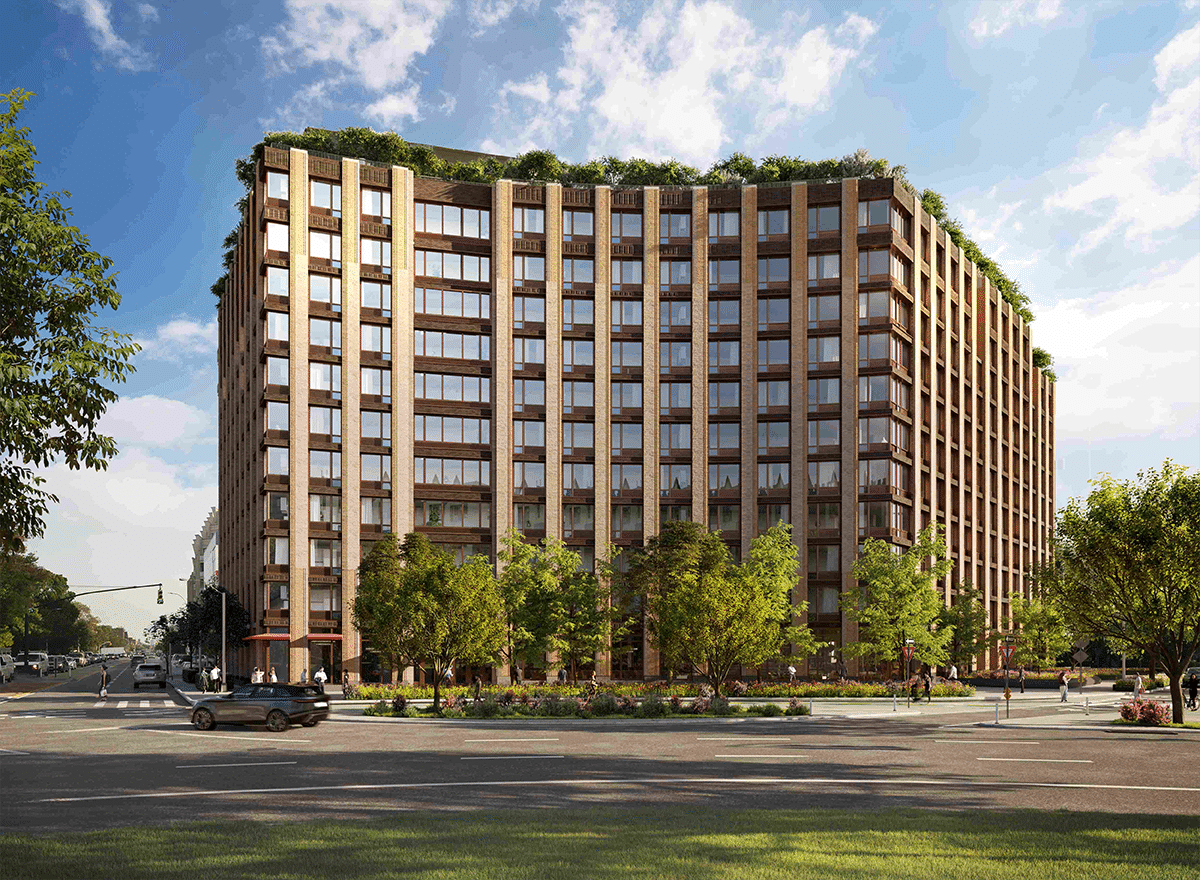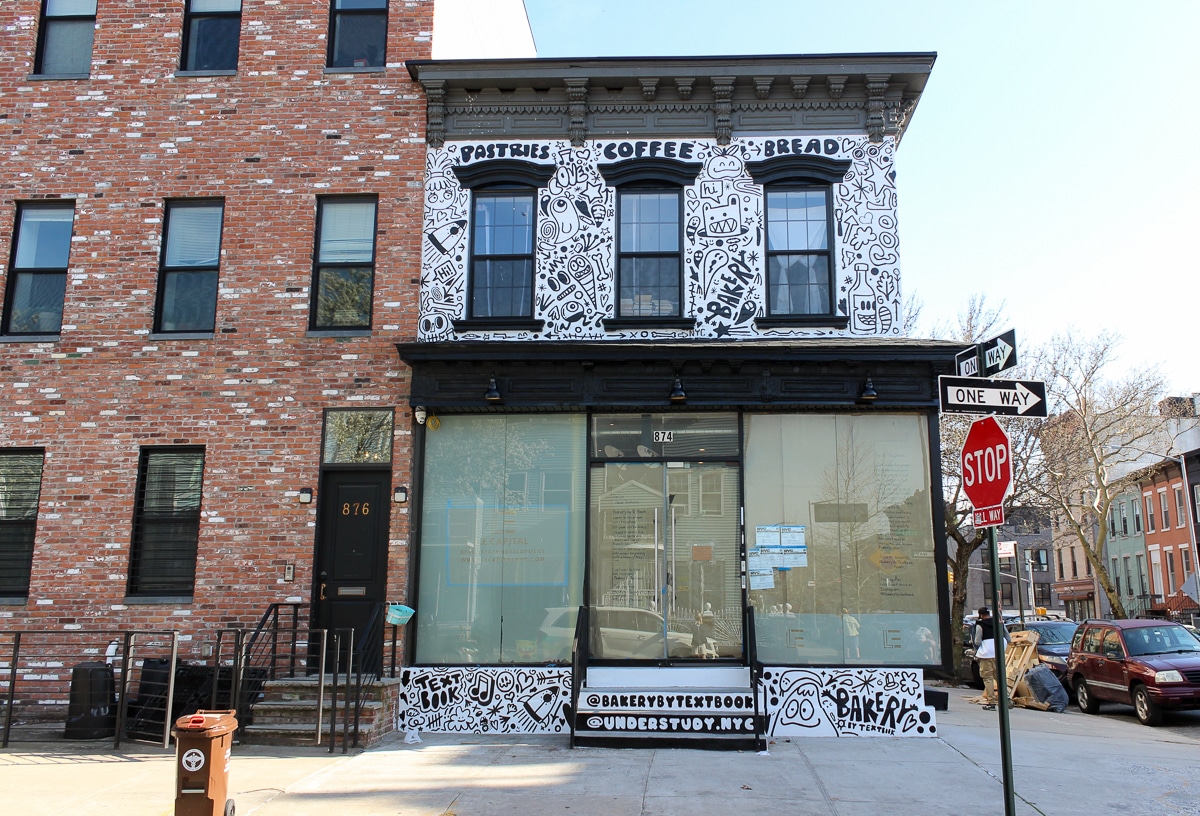When The Gentrifiers Aren't White
This article from the Washington DC City Paper is a few months old, but a reader just brought it to our attention and it seemed relevant to some of the discussions that have been going on around here recently about gentrification and shifts in the population (like this and this). The author, a young black…

This article from the Washington DC City Paper is a few months old, but a reader just brought it to our attention and it seemed relevant to some of the discussions that have been going on around here recently about gentrification and shifts in the population (like this and this). The author, a young black woman who graduated from Howard University in 2006, writes in the first person about changes during her school years as well when she moves back to LeDroit Park neighborhood in 2010 after a four-year hiatus.
White professionals and hipsters trickled in, slowly, visible even through the bubble of being a black college student, surrounded by 10,000 other black college students, in a largely black neighborhood, in a mostly black city. By 2004, they were regularly spotted making their way to and from the Shaw–Howard University Metrorail station. And by the time I graduated, white people were jogging up 4th Street NW through the campus, and walking their large dogs on the green lawn of Howard’s Louis Stokes Health Sciences Library—something longtime black residents never did.
Four years later, the author is walking her own dog on the green lawn.
For neighborhoods where it suddenly feels like white people are “everywhere,” the U.S. Census Bureau says the vast majority of residents in LeDroit Park and Bloomingdale (and Petworth, and Brookland) are still black—more than 80 percent of the residents in some gentrifying census tracts in a 2009 estimate. Perhaps that’s because just as “black people” is a proxy term for poor people in D.C., “white people” is a proxy term for the young professionals who have moved in—and neither term is being accurately used….Newcomers to D.C. of any race tend to arrive for the same kind of high-powered jobs, the kind of jobs you can’t get without education and social capital. The people who are already struggling to find work when newcomers get here, though, are likely to be black.
Later in the piece she writes this:
“Gentrifier” can’t be equated with “white person.” After all, most poor people in this country are white (though it’s definitely a numbers game; whites are still less likely to be poor than blacks and Latinos—there are just more of them). The gentrifier is a person of privilege, and even if she doesn’t have much money, she’s got an education and a network of friends who are striving like she is, and she has the resources to at least try to get what she wants.
Any of this resonate with gentrifiers of color out there?
Photo by Angry Eel









This article seems to be more about the author finding her own identity and figuring out where she fits in than anything.
I hope the many positive aspects of Bed Stuy, Clinton Hill, and Crown Heights become better known and don’t go away.
You nailed it Montrose. Lord knows, I live in Crown heights and am a lot less well off than most of the people who see me with Black friends on the street and think Im ust be the one with money. I think its an insult to Black people and who knows when it will change. One thing I have noticed, as more and more whites have moved into Crown Heights- I don’t see a lot of them making an effort to be part of the community. At least, not the many many students I see renting in the area. And that’s sad too- because Crown Hieights has been a very warm and welcoming neighborhood to me. Much more so than Brooklyn Heights where I lived for a very long time.
I think the resentment is more than just money though. Neighborhoods with demographics that change rapidly after many years of an extablished identity do have clashes. Look at some of the issues in Harlem these days. For good or bad, Harlem is a culturally rich, strongly cultural neighborhood and the clash between old timers and gentrifyiers has a lot to do with that self-identity too. Gentrification is a reality and sometimes gentrification brings benefits- I love the new coffee shops and upscale bars (Black owned, btw). But I hope that as more ad more people discover Crown Heights and move here, it won’t be to change it to their idea of a “good” neighborhood, but to add to this already rich and vibrant one.
Me either! And it’s not even generational- had a family dinner- I could have happily killed several of them who coudn’t even turn the phone off to be sociable and eat!
Me either! And it’s not even generational- had a family dinner- I could have happily killed several of them who coudn’t even turn the phone off to be sociable and eat!
Putnam- But you’re not everyone. In my section of Crown Heights I see a lot more young white (I’m assuming) students in the neighborhood since I moved here. They don’t say hello, don’t look at you- just barrel down the street. And I’m white- I don’t necessarily say that it’s a race thing, but they really son’t seem interested in the neighborhood. But I know quite a few white people who for the most part (some owners, some renters) who love CHN as much as Ido and are involved.
I smile and say hi to everyone- like your experience some sile back or look at me funny. But then again, that happened in Bklyn Heights too- maybe it’s simply some people are friendly and some aren’t.
Whatever are you talking about?
Whatever are you talking about?
As one local put it…. because “I’m on some Huxtable Sh*t!”
ROTFLMAO I nominate this for quote of the month.
Let’s have Mr B spotlight interview your neighbor and make this a blog with substance!! I’m serious btw